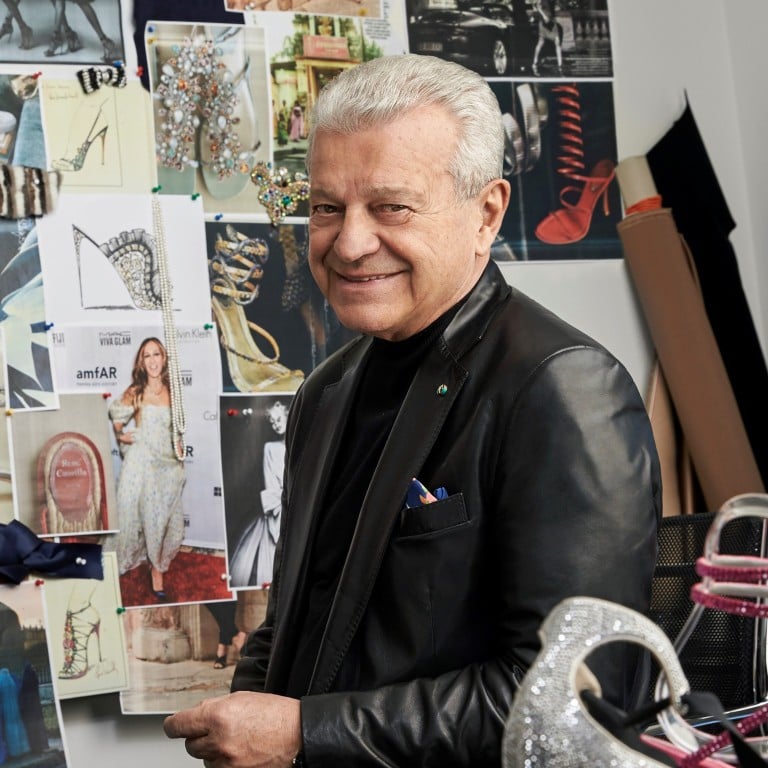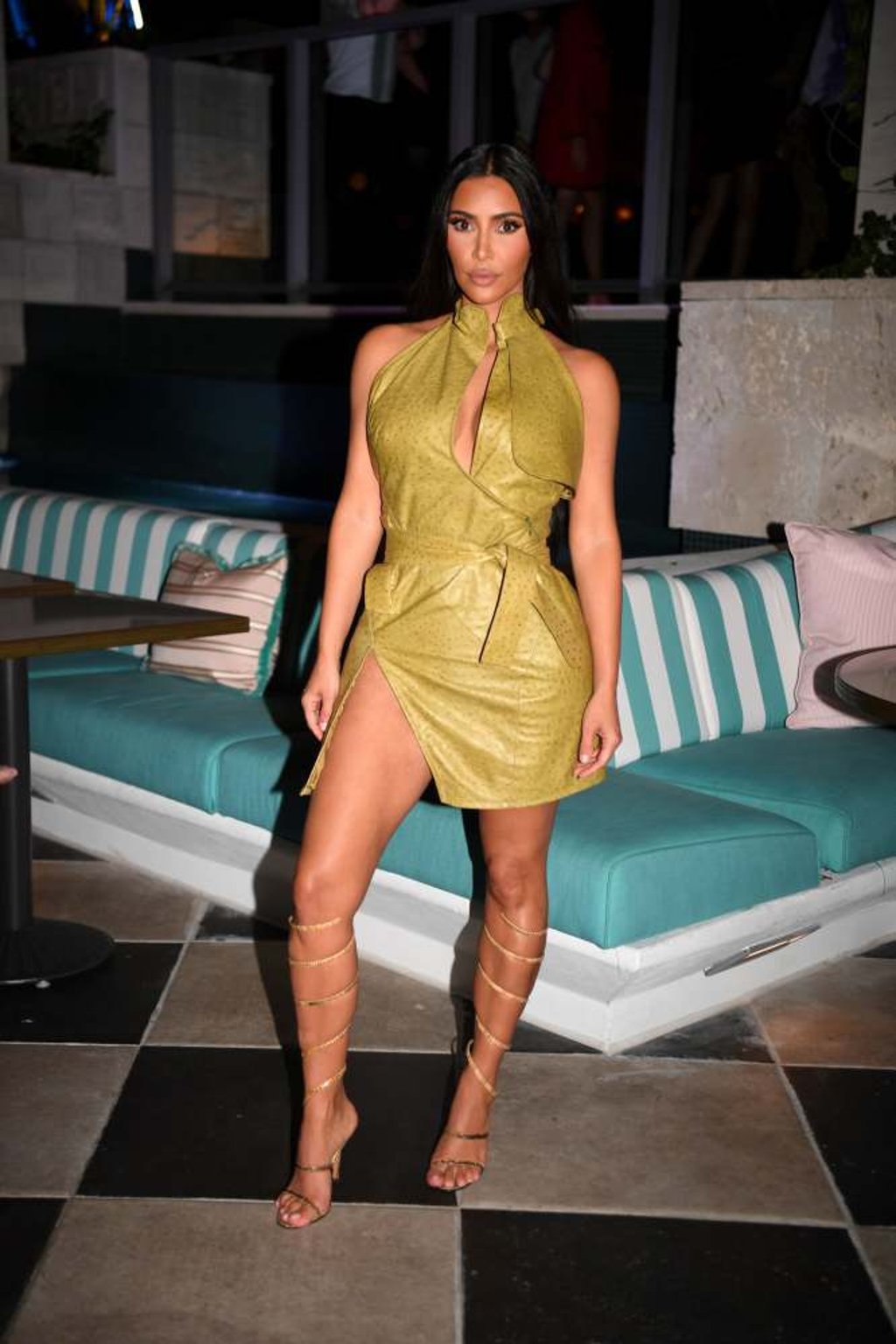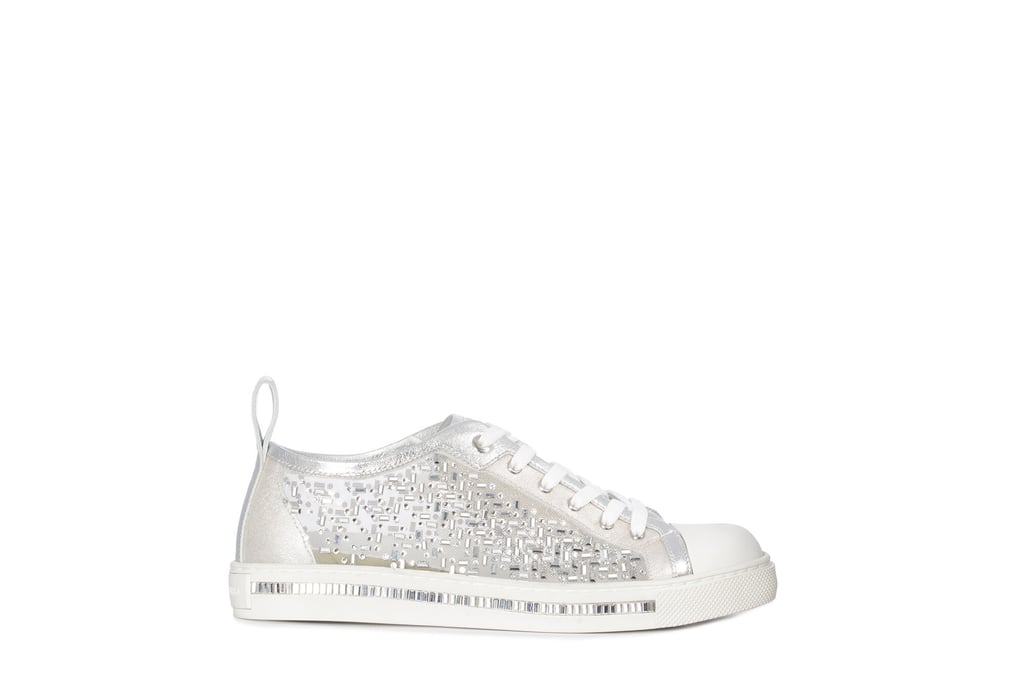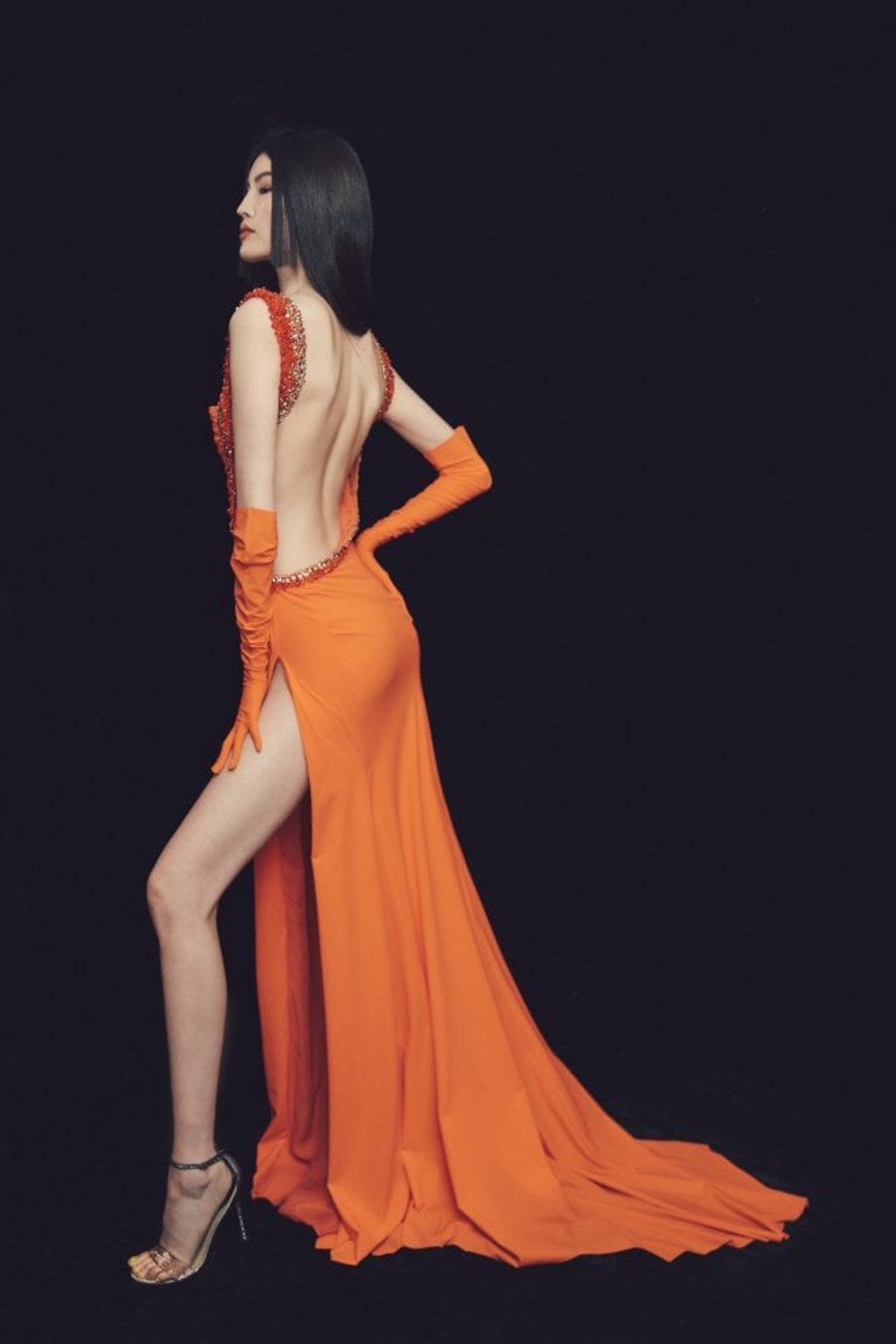Rihanna, Bella Hadid and Kim Kardashian all rock René Caovilla heels – meet the man behind the century-old Italian family footwear business

- Caovilla is less well known than Christian Louboutin or Manolo Blahnik, probably because it never appeared in HBO’s Sex and the City or in a Jennifer Lopez song
- Rihanna, Bella Hadid, Taylor Swift and Kim Kardashian have walked the red carpet in Caovilla designs, as have Chinese supermodel He Sui and actress Zhou Dongyu
For some, René Caovilla might fly below the radar of other better-known shoe brands, such as Christian Louboutin or Manolo Blahnik, most likely due to the fact that Jennifer Lopez never sang about it and HBO’s Sex and the City never fetishised its wares.

A family business founded in 1928 in Fiesso d’Artico, just outside Venice, by Edoardo Caovilla, Maison Caovilla flourished in the traditional shoemaking hotbed whose history dates to the 13th century calegheri – the shoemaker’s guild. Nestled alongside a branch of the Brenta river that connects Venice and Padua, Caovilla opened his first workshop in 1934, to this day the brand’s home. Edoardo’s son René took over the business in 1960, welcoming his own son (also called Edoardo) into the fold in 2009 to prepare the brand that now bears his name for the future.
As president, it was René who steered René Caovilla to elite status. After studying design in Paris and London, he retuned to Venice to modernise operations and ensure the label would be defined by innovation as well as style.
I believe that the Cleo sandal is more than just a shoe; it is a work of art, which is why it was on display at MoMA … It is not replicable, and timeless

In 1969, René Caovilla created the iconic Cleo, the stiletto recognisable for the sparkling strap that snakes up the ankle and calf. Inspired by the coiled serpent motif found in ancient Rome, the shoe was exhibited at New York’s Museum of Modern Art (MoMA) in 1975. Since then, the Cleo has made red carpet appearances on Bella Hadid, Gal Gadot and Rihanna, who had custom Cleos made to track up to her thigh.
On this side of the Pacific, supermodel He Sui and actress Zhou Dongyu have sported René Caovilla at various events. The first shoe to embrace the bling of precious stones and fine fabrics, the Cleo elevated footwear to a new level and the glitterati were biting.
